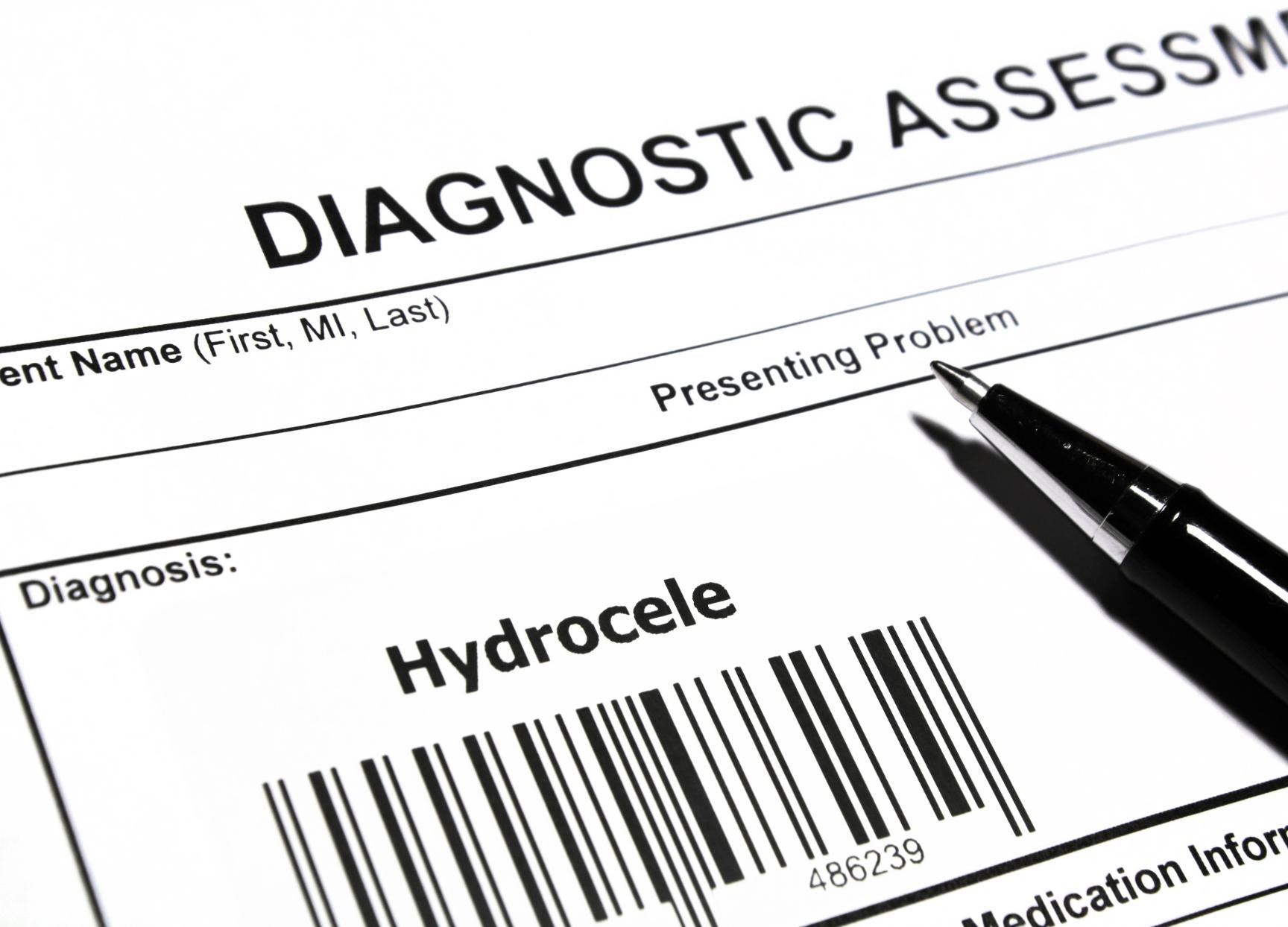Mr Rowland Rees
Consultant Urological Surgeon and Andrologist
Specialist expertise: Men's Health, Urology, Urethral Surgery, Penile Prosthesis, Incontinence Surgery, Vasectomy Reversal, Male Fertility.
Hydrocele is a condition that affects the scrotum, causing it to fill with fluid in one of both sides, resulting in swelling.

Hydrocele is a condition where abdominal fluid fills the scrotum (the sac that holds the testicles), causing it to swell. It can affect both sides of the scrotum, or just one.
Hydrocele is more common in babies and infants than adults but can affect males at any age. It can be worrying as the swelling can come on rapidly, but in most cases, the condition isn’t serious and rarely causes pain or discomfort. The problem often resolves by itself, but medical treatment may be required in some cases.
The main symptom of hydrocele is swelling that develops rapidly on one or both sides of the scrotum, giving it the appearance of a full water balloon. Other symptoms you may notice include:
Swelling that increases and decreases in size throughout the day
Discomfort when sitting or walking if the swelling is particularly large
Pain as the swelling increases in size
A feeling of heaviness in the scrotum
Most hydroceles are present at birth, with around 5% of newborn boys having the condition. Hydrocele at birth is usually ‘communicating hydrocele’. This is where fluid fills the scrotum via an opening in the membrane between the abdominal cavity and the scrotum, causing the scrotum to swell. The issue usually resolves itself within a year or so.
In adults, hydrocele can form as the result of an injury or inflammation caused by an infection in the scrotum. Hydroceles affect around 1% of adults and will usually disappear on their own without treatment.
At OneWelbeck, our specialist urology consultants can make a diagnosis of hydrocele by taking your medical history and performing a physical examination. They will also ask you when the swelling appeared, if it changes over time and if you are experiencing any other symptoms.
In most cases, a hydrocele won’t need treatment if it is small. However larger ones can be treated as a daycase using a scrotal incision and draining the fluid. The hydrocele sac is plicated or sutured behind the testicle.
Currently selected day
Available consultations
We have brought together a group of leading urology specialsits to create our Men's Health team. With over 300 years of combined experience, these expert clinicians are the best in their field and are all focused on delivering the very best patient care.